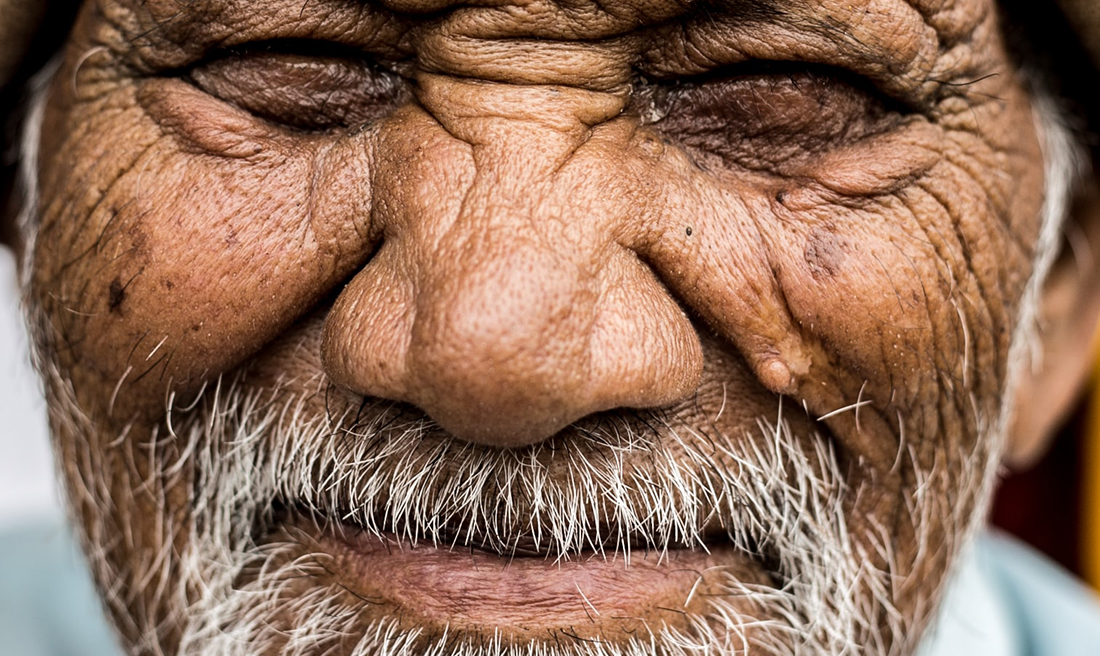
04 May Coronavirus spares one neighborhood but ravages the next. Race and class spell the difference
Coronavirus rates vary dramatically from one neighborhood to another, based in part on race and income, a USA TODAY analysis of ZIP code data shows.
By Grace Hauck, Mark Nichols, Miriam Marini, and Andrew Pantazi, USA Today
Train tracks run above the intersection of Kinzie Street and Ashland Avenue, two major streets that meet on Chicago’s West Side. On one corner of the intersection, there’s a trampoline park and new brewery. On the opposite corner, empty buildings for lease.
In one direction, a ZIP code relatively unscathed by the coronavirus outbreak. In the other, a community decimated by the disease. One mostly white, with six-figure incomes the norm. One mostly minority and earning much slimmer paychecks.
Darnell Shields, executive director of the Chicago community group Austin Coming Together, said COVID-19’s disparate impacts arise from food and housing instability, shaky neighborhood economies and limited access to quality education and health care.
“It creates a fertile ground for something like a virus to come in,” Shields said.
As the U.S. surpassed a milestone of one million known cases of COVID-19 this week, ZIP code data show the virus has run rampant through some neighborhoods while leaving residents in adjoining areas much less impaired. Read more …



